Fossils Are Shaped by People. Does That Matter?
What, if anything, is a fossil? It seems like a simple question with a simple answer: A fossil is a natural object, made of the preserved fragments and traces of past organisms. Fossils form the basis of academic paleontology collections, are mounted in museums, and are the backbones of a thriving private trade.
But the original form of each plant or animal is often lost to time, because fossils seldom drift through the millenia unscathed. “They’re these really inscrutable objects in a lot of cases,” said Lukas Rieppel, author of the 2019 book “Assembling the Dinosaur” and a historian at Brown University. “So to make it look like an organism, to make it look like an animal, requires a lot of work.”
This work is typically done by fossil preparators, who painstakingly clean and reconstruct deep time’s detritus, turning natural objects into something as much art as science. Since the early days of American paleontology, preparators have been instrumental in both research and the construction of museum exhibits — their work is so central to the field that their choices can directly shape how researchers view extinct flora and fauna for decades. Such work is also crucial to the reconstructed skeletons that increasingly sell for millions at private auctions, and the subject of copyright litigation.
Yet preparators are often overlooked in the scientific literature, their contributions largely unacknowledged. That oversight, some experts argue, has consequences, by not only burying the work of the people on which the field depends, but skewing the understanding of the fossils themselves — how they’re packaged, how they’re sold, and what they truly are.
Reconstructed skeletons came to define modern natural history museums in the 19th century, Rieppel told Undark. In the 1860s — when paleoartist Benjamin Waterhouse Hawkins undertook the first skeletal restoration of a dinosaur — scientists like Othniel Charles Marsh worried that such sensationalistic sculptures might bring science into ill repute and were strenuously opposed to such projects. But as wealthy capitalists like Andrew Carnegie and Marshall Field started pouring money into museums, the philosophy around exhibit displays began to shift.
The culture of scientific achievement soon merged with one of showmanship and display — goals that coexisted uneasily. The solution, Rieppel said, was to mount genuine bones liberally (but increasingly quietly) reconstructed with plaster, creating “awe inspiring, eye-catching sculptures that pretended not to be sculptures at all.”
Matthew Brown has had a firsthand view of what that process now looks like. When he was a teenager in 1996, Brown began preparing fossils at the University of Chicago. He later joined the preparator team at the Field Museum, reconstructed dinosaurs in a lab at Walt Disney World, and, today, serves as director of the Jackson School Museum of Earth History Vertebrate Paleontology Collections at the University of Texas at Austin.
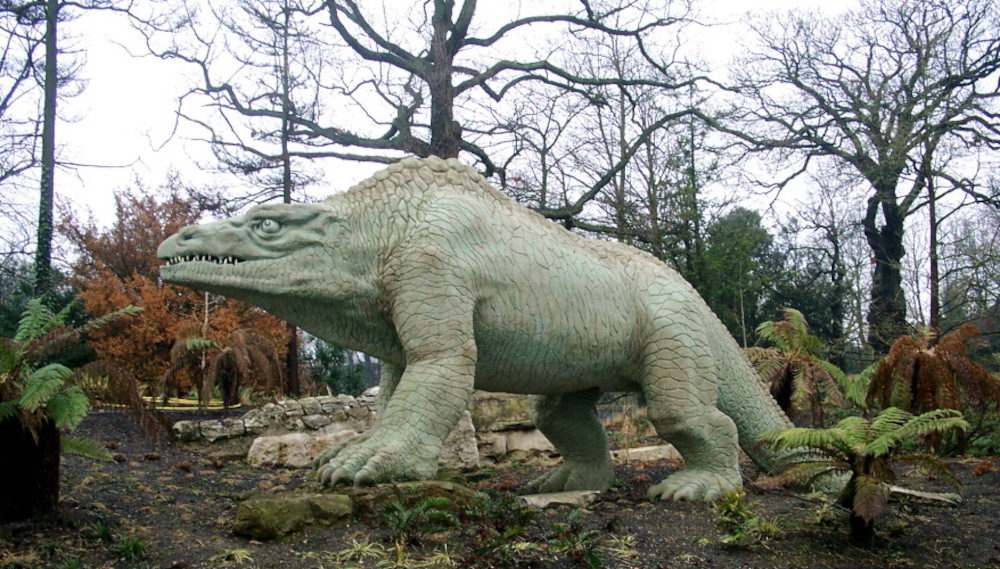
As a lifelong preparator, Brown’s view is unsentimental: He doesn’t just know where the bodies are buried, but how they’re made. Fossils sometimes arrive in a broken or jumbled state, often with hidden facets waiting to be discovered. Uncovering them requires painstakingly isolating fossil from stone, using fine tools such as dental picks and pneumatic chisels, and alternating applications of solvent and adhesives.
At every step, preparators must make choices. Some are basic: How much rock should be removed? Others are trickier: If the preparator decides one piece of bone belongs with another, do they attach it, and if so, with what glue? Should incomplete bones be rebuilt with a best guess? Should the result look more complete, or should it be left disarticulated? If working through a pile of bones from a chunk of stone, should they be left entangled, which might obscure points of anatomy, or separated out for clarity and risk damage?
Though some scientists do prepare their own material, most preparators are not scientists, said Caitlin Wylie, a social scientist at the University of Virginia, former preparator, and author of “Preparing Dinosaurs: The Work Behind the Scenes.” And a wide range of people do this work, including volunteers, professional freelancers, institutional employees, and commercial contractors.
“They’re not lab technicians following a recipe, trying to make their experiment replicable,” she said. “They’re really creating this unique, almost artistic object that can serve as data about past life.”
Fossils exist both as bits of organic material shaped by natural processes, and as what Rieppel, the historian, calls “multimedia sculpture.”
The choices can have genuine implications for how scientists understand the original animals in question. In the past, preparation practices could be tremendously invasive, Brown said. By the early 20th century, for example, preparators — often under the direction of a principal investigator — physically manipulated bone surfaces and added speculative plaster to fill out the suspected shapes of incomplete limbs and skulls, which influenced interpretations of dinosaurs like Dilophosaurus. Preparators have also tended to prioritize bones over other aspects of a specimen, sometimes cutting through the remains of soft tissues, such as the feathered legs preserved on the famous Berlin Archaeopteryx. Very occasionally, independent commercial preparators have intentionally created fake or exaggerated remains to sell.
On the other hand, careful preparators can uncover pieces of bone or anatomy that are only noticeable through very close observation. When the Tyrannosaurus rex “Sue” — the most complete of its species yet discovered — arrived at the Field Museum in Chicago in the late 1990s, Brown was among the many preparators brought into work on it. The T. rex’s inner ear bones, an exceedingly fragile and rarely preserved bit of anatomy, were discovered when preparator Bob Masek noticed a black chip in the rock and decided to investigate it rather than scrape it off. “There’s tons of cases like that, where preparators find pieces of bone you’d only notice if you were in very close contact,” Brown said.

The trouble is that all preparation is at least a little destructive. “You still run the risk when you’re preparing something that you may take off flakes of bone, or you may change the surface of it slightly,” said Anthony Maltese, scientific curator and preparator with Triebold Paleontology, Inc., a commercial paleontology company. Even removing the rock surrounding the fossil can sometimes strip necessary context from the find. But on the other hand, leaving fossils in their original stone doesn’t add to scientific knowledge, he said: “You have to work on them in order to get things out.”
That means that fossils exist both as bits of organic material shaped by natural processes, and as what Rieppel, the historian, calls “multimedia sculpture,” which don’t always bear as much of a one to one relationship with the original living organism. There is always a human influence, Brown said, that is an “added layer or filter.”
That human influence is central to the business of creating the skeletal mounts that draw visitors to museums and so enthrall private collectors. Many of these are prepared by commercial contractors like Triebold Paleontology. They’re often casts that contain no real bone. They represent a specific interpretation of incomplete fossils, available for a price: Triebold has provided reconstructed casts of Appalachiosaurus montgomeriensis— an east-coast relative of Tyrannosaurus rex — to two separate southeastern museums, with arms of varying sizes based on different scientists’ interpretation of the original limited material.
These sorts of heavily reconstructed mounts are worth a good deal of money on their own: A display replica of the T. rex from the Black Hills Institute of Geological Research, Inc., a heavyweight commercial paleontology outfit, is priced at $150,000. The ones with bits of genuine fossil are worth considerably more. When the almost entirely complete Sue sold to the Field Museum in 1997, they paid $8.36 million in private auction — an unprecedented amount at the time, while the 65 percent complete “Stan” the T. rex went for $31.8 million in 2020.
Such prices are largely based on the notion that the lucky winner is receiving a mostly real skeleton, Brown noted, and although that’s sometimes true, other times they’re really receiving something akin to a reproduction of the Mona Lisa with a few scraps of the original painting stitched in. A person might think they’re buying a dinosaur for millions, he said, “but mostly what you bought is plastic.” Last year, a paleontologist speaking to the publication Insider called the $12.4 million price tag on a heavily reconstructed mount of a sickle-clawed Deinonychus antirrhopus “deranged.”
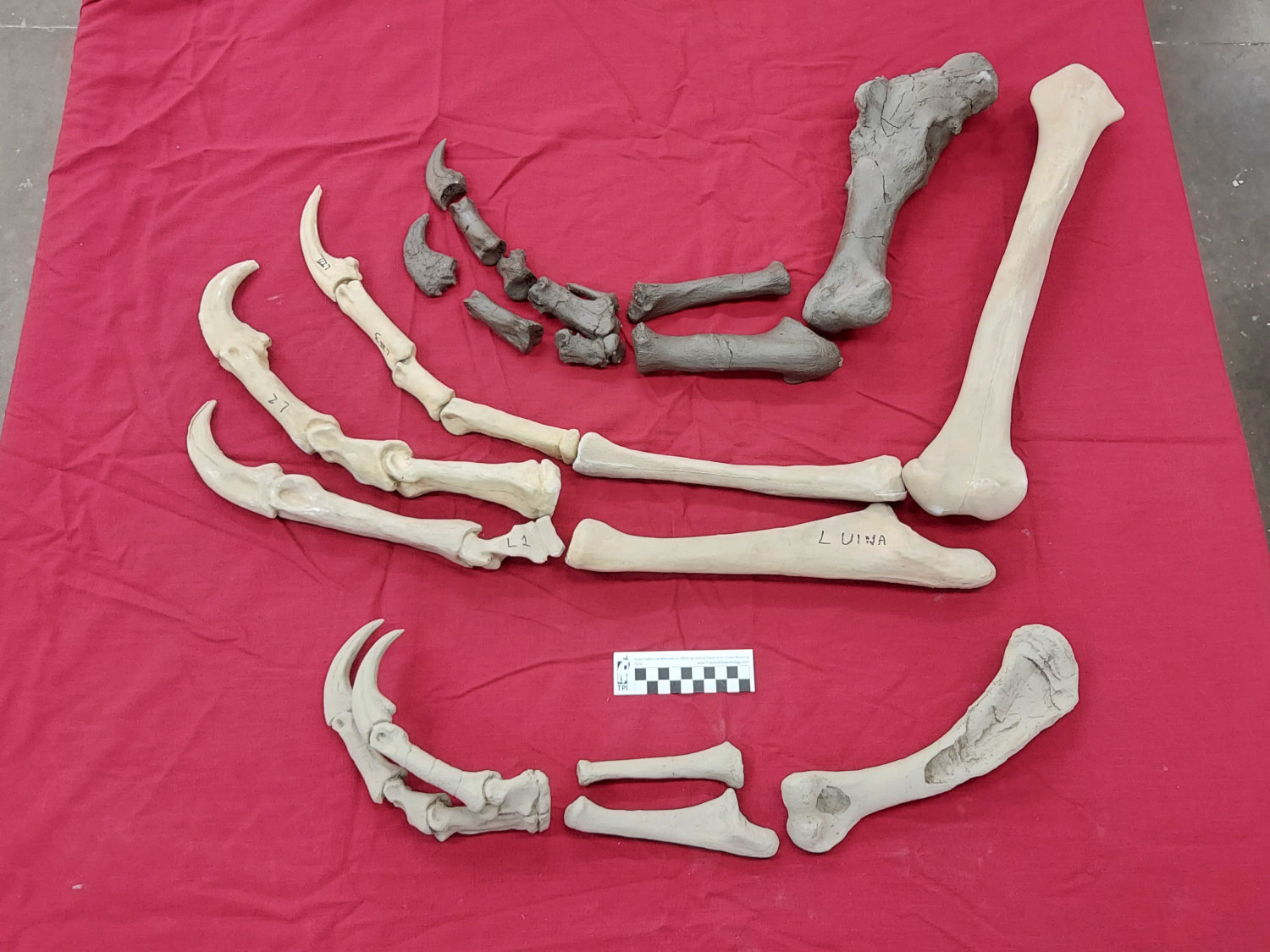
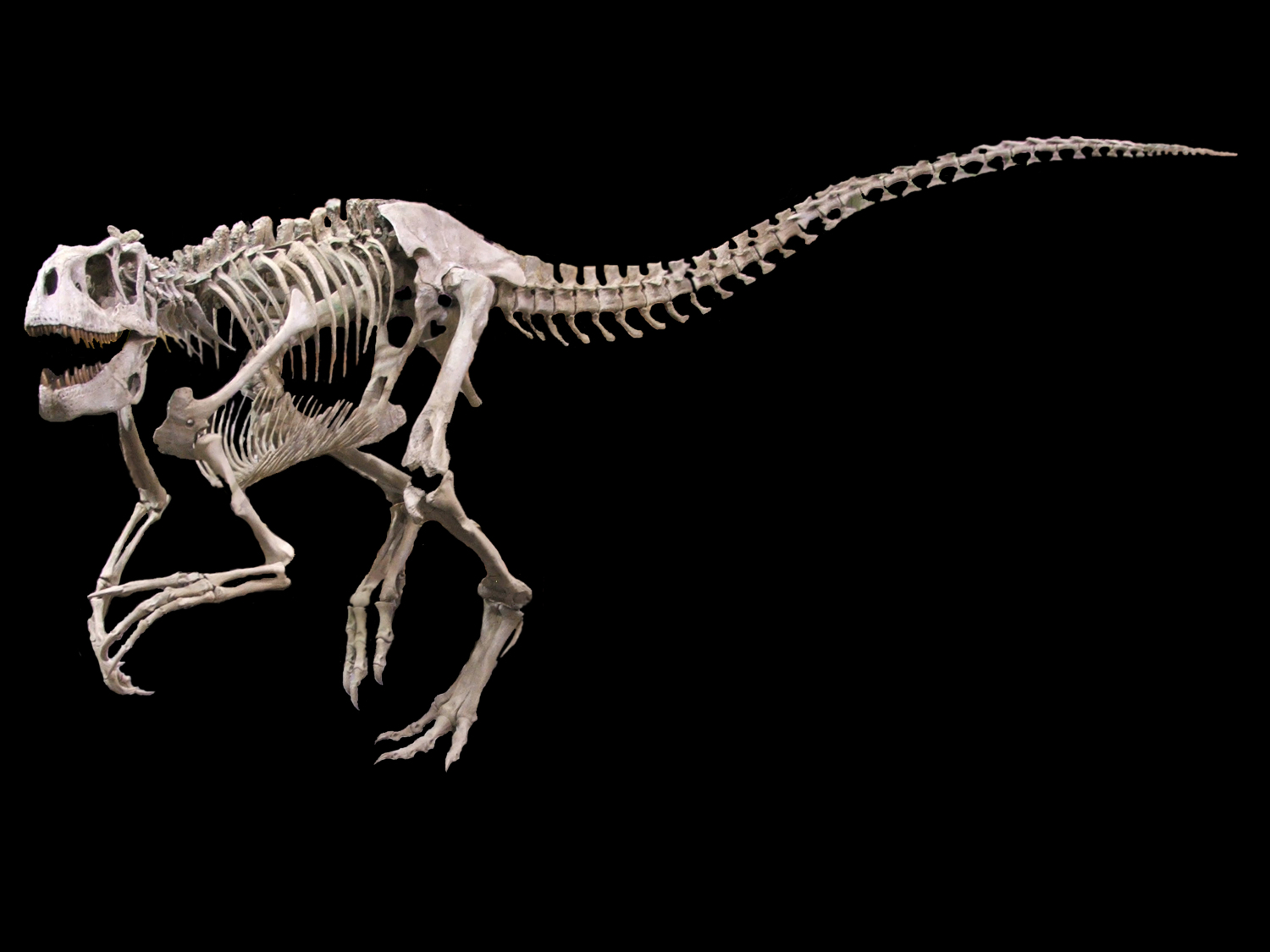
Yet with so much money on the line — and so much individual discretion as part of the reconstruction process — such skeletons have increasingly drifted into the contentious realm of intellectual property. In 2010, the Black Hills Institute sued Fort Peck Paleontology, Inc. in federal court, accusing the nonprofit of supplementing a tyrannosaur reconstruction with material from the company’s Stan and Sue mounts. “Like any other sculpture, these are individual hand-crafted works of art,” then-BHI president Peter Larson argued in a press release. The case was settled for an undisclosed sum. As of 2015, IRS records showed that the nonprofit dissolved.
Triebold Paleontology has likewise trademarked reconstructions in an effort to curb bootleg copies, Maltese said. The key point is that only the reconstruction — the object that’s been molded, cast, and restored — is copyrightable. “The bones are where we get the idea to make the reconstruction in the first place,” he added. “But you can’t really copyright a drawer full of gravel.” In theory, that means someone else could make their own cast of the original fossils. In practice, since casts are a big part of the business, commercial paleontology outfits that sell fossils to scientific institutions sometimes hang on to exclusive reproduction rights.
This commercial dance can have benefits beyond the good of the company and the museum, Maltese said. The Denver Museum of Nature and Science maintains a research collection of numerous Cretaceous-era oddities from Madagascar. While the fossils themselves are legally owned by the island nation, Maltese said, Triebold has a contract with the museum to scan and reproduce them. The museum maintains the intellectual property, and collects royalties on Triebold’s private sale of casts, which then help fund social programs back in Madagascar.
A person might think they’re buying a dinosaur for millions, Brown said, “but mostly what you bought is plastic.”
Yet the question raised by BHI’s 2010 lawsuit — to what extent is a fossil copyrightable? — still lingers in paleontology. Traditionally, Rieppel said, scientists working with fossils have downplayed the human intervention required to turn a fossil into a display object. Commercial paleontologists, meanwhile, do the opposite: emphasizing their creativity in order to retain intellectual property. Since many fossils require fairly substantial preparation to be scientifically legible — let alone display objects — the implications for university collections are substantial.
“If every fossil that I prepare could be copyrighted,” Brown said, “then that’s a whole different conversation that I’ve got to have in terms of my employment.”
Because a fossil is defined by its human preparator as much as the organism that left it, many experts argue that preparators deserve both recognition and scrutiny. “Preparators are doing this incredibly skillful work that has crucial implications for what you can do with that fossil scientifically,” Wylie said. But their labor is often invisible outside the institution itself, she added: “They’re not authors on papers, they’re not getting the grant money, they’re paid very low compared to scientists.” Nailing down the pay range for preparators is difficult, because the job goes under a variety of titles and many are funded through temporary contracts. One such museum position in North Carolina pays $38,000 on a two-year contract; others are done strictly by volunteers.
While most paleontologists rise through the professionalized world of academia, Wylie said, preparators tend to have broader backgrounds, with no standard license, training, or methods. That makes it easier to pay them less, she said, and their knowledge is easier to publicly disregard. Some preparators are content to act as invisible support staff, Wylie said. Others — including Brown and Maltese — regard themselves as a crucial part of the scientific process, since they’re actively collecting data and making observations.
Support Undark Magazine
Undark is a non-profit, editorially independent magazine covering the complicated and often fractious intersection of science and society. If you would like to help support our journalism, please consider making a donation. All proceeds go directly to Undark’s editorial fund.
There’s no excuse, Maltese argued, not to list preparators as authors on the many papers — including ones on newly described species, unexpected bits of anatomy, or unusual specimens — that rely on their work. But that decision is usually left to the discretion of individual scientists. “I’ve been on a lot of papers as an author for the input and the work I’ve done on the specimen,” Maltese said. “And I’ve also done a lot of work and not been credited at all.”
There’s been an increasing push to professionalize the field. In 2008, for instance, while working at Petrified Forest National Park, Brown began organizing preparators to talk about methods and techniques, an outgrowth of the sort of discussions he’d regularly had with colleagues at the Field Museum and at meetings of the Society of Vertebrate Paleontology. The small symposium grew over time into its current shape, the Association of Materials and Methods in Paleontology, which offers workshops and training, and advocates for greater transparency.
Such transparency includes keeping detailed specimen records about who prepared a given specimen, Wylie said, and their decisions, techniques, and materials. “Preparators have started doing this informally just to be good stewards of fossil data,” she said. “But there’s no sense of responsibility at an institutional level or a scientific level.”
“Preparators are doing this incredibly skillful work that has crucial implications for what you can do with that fossil scientifically.”
It’s also important to the field itself to be clear about how individual fossils are shaped, Rieppel said. The annals of paleontology are filled with defunct interpretations of fossilized organisms, rendered moot by new evidence or new methods of study. How a fossil is prepared depends largely on how researchers interpret data and whether they acknowledge the subjectiveness of that interpretation.
“That doesn’t mean the science isn’t true,” Rieppel said. “But it’s a human enterprise.”
Acknowledging the preparators’ role doesn’t make the fossils any less real — or any more, Brown said. It does force a recognition that for all of researchers’ striving, the answers ultimately aren’t particularly knowable.
Instead, the absolute “right” interpretation would be the thing itself, whole and observable. But that interpretation has long been lost to time, Brown said: “Right is washed down the stream a couple of hundred years ago. Right was never fossilized to begin with. Right got eaten by a scavenger.”
Asher Elbein is a writer based in Austin, Texas. His work has appeared in The Oxford American, the Texas Observer, and The Bitter Southerner.










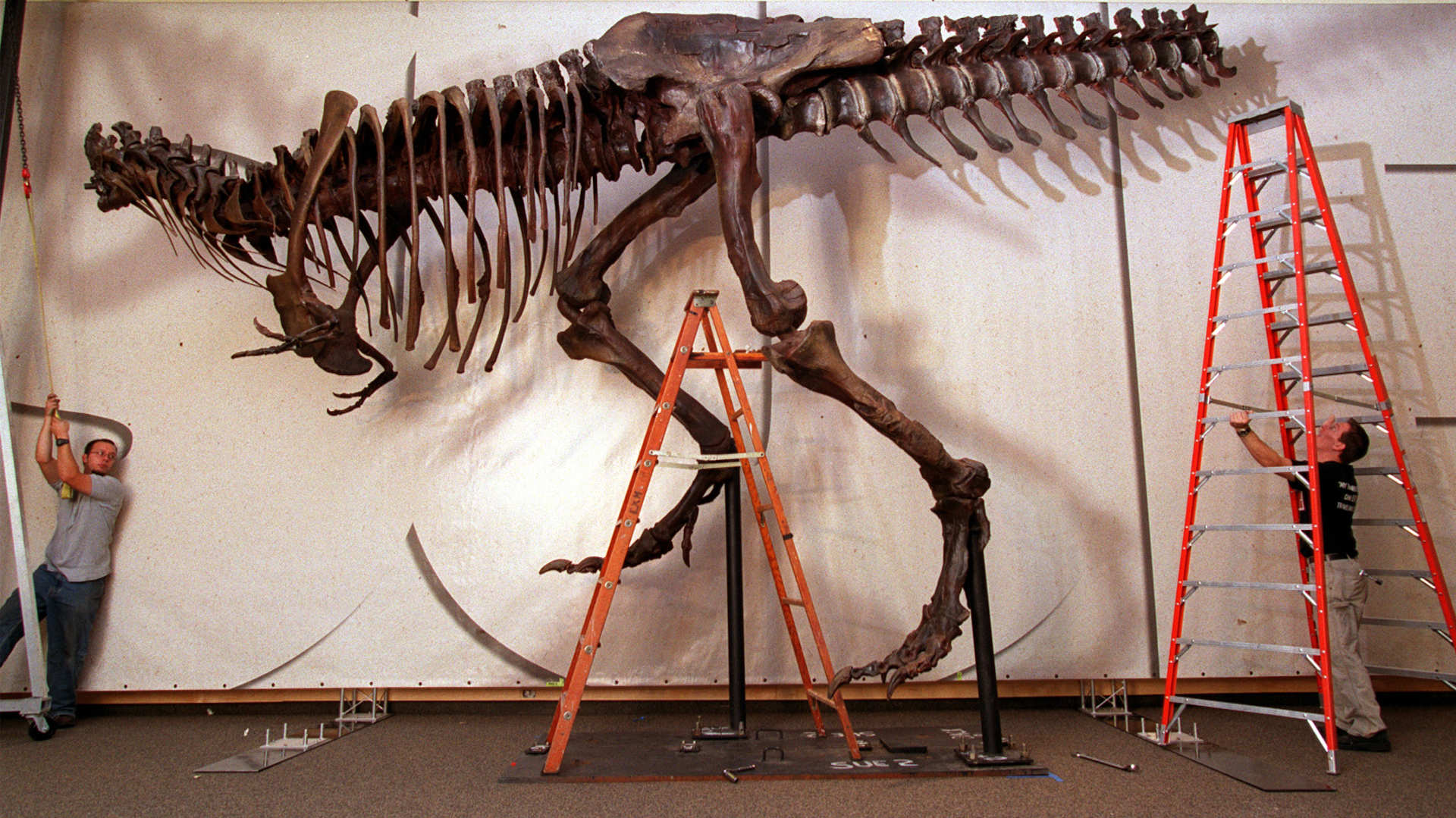
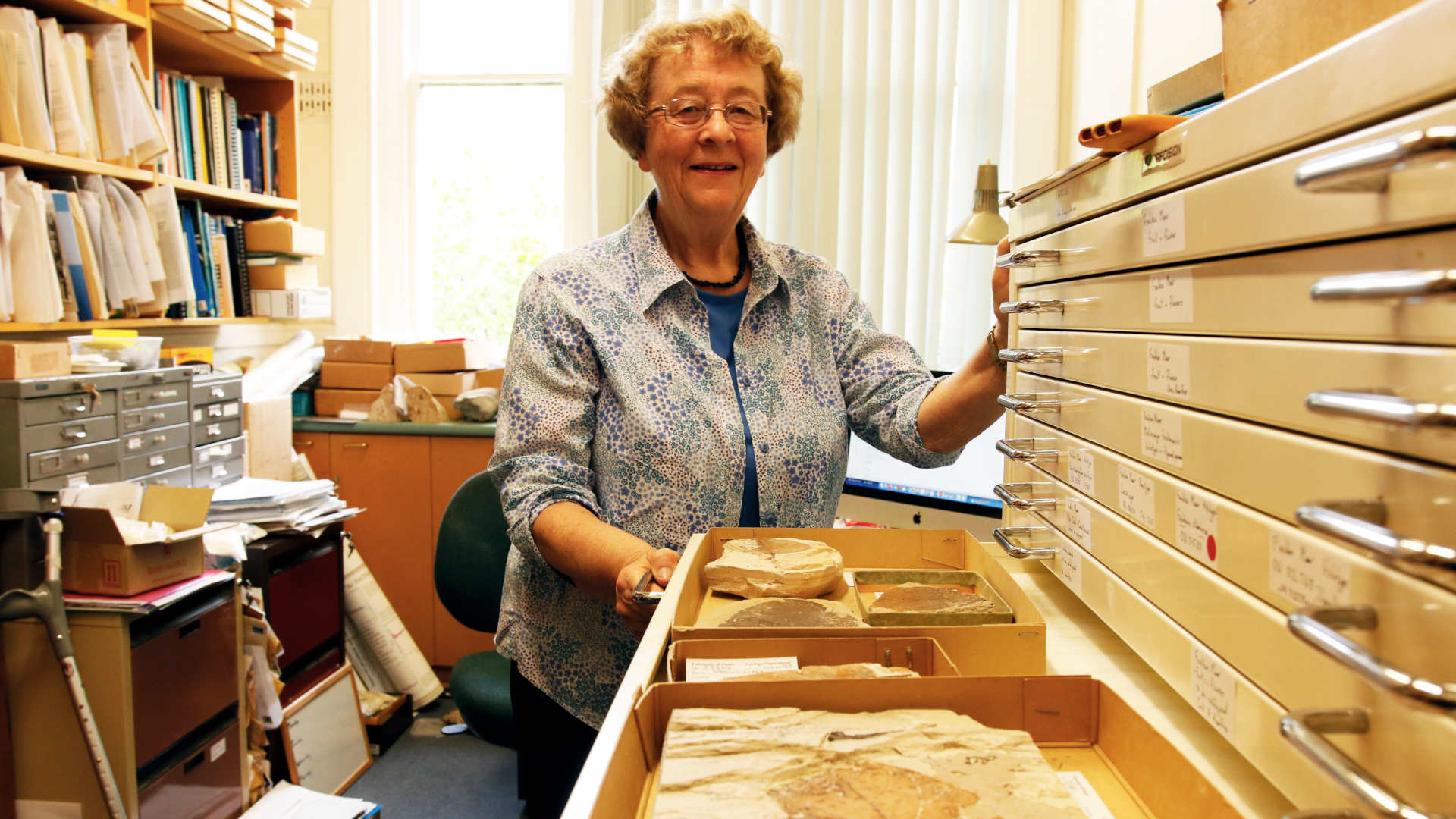
This problem is even more relevant for the reconstruction of ancient hominin skulls in general and representatives of the genus Homo in particular. Another confirmation of Karl Popper’s position that facts (in this case, reconstructions) bear the imprint of the theoretical ideas and preferences of their authors.